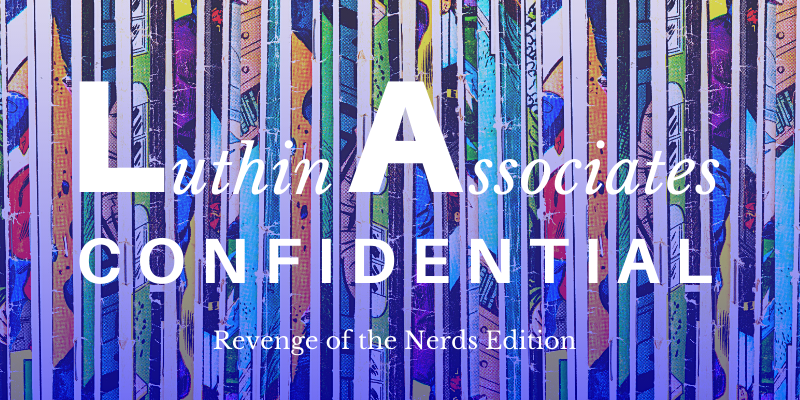
The Leadership in Energy and Environmental Design (LEED) program was created and is maintained by the U.S. Green Building Council (USGBC), a private non-governmental organization. While a step toward improving general sustainability in buildings, the “energy” in the LEED name led many people to believe it would place energy efficiency high on its list of suggested activities. Fossil fuel consumption by buildings, either directly or via electricity use, is one of the largest contributors to the greenhouse gases that impact climate change, the foremost challenge to our future sustainability.
However, as noted in 2017 by the Institute for Market Transformation: “LEED certification does not guarantee that a building is energy-efficient, as there are many factors that contribute to the accrual of points which correspond with certification — points related to energy performance are accrued alongside points related to occupancy comfort, landscaping, building materials, among others.”
To educate and set standards for sustainability in existing (as versus new) buildings, in 2007 USGBC created LEED Operation & Maintenance (O&M), now referred to as LEED for Existing Buildings. Among the characteristics mentioned above, a relative few relate to energy efficiency. In its original form, LEED for Existing Buildings awarded only 2 to 15 points out of nearly 100 for it, based on scores from the Portfolio Manager (PM) program (see “Benchmarking: A First Step to Finding Savings” for background on PM).
In LEED’s fourth iteration (V4.0), many changes in the point ranking system have increased energy efficiency’s prominence. Some energy-related prerequisites were dropped, while new credits (e.g., demand response) were added. As stated in its promos, “starting with a focus on reducing energy demand through guidance related to energy usage and efficiency, and then also rewarding renewables, LEED raises the bar on energy and offers new solutions for achieving goals.”
Most noteworthy is the incorporation of the PM benchmarking process into LEED’s new Arc performance platform, which tracks annual energy performance against that of comparable buildings. Arc subsumes PM by incorporating PM data entry into the annual LEED re-certification process. To manage it, a partner of USGBC (Green Building Certification Inc.), spun off a separate company (Arcskoru Inc.) in December 2016. It claims that “Arc is the first-of-its-kind platform to track a building’s incremental improvements through a performance score.” Some cities began using Arc in 2017.
However, regardless of such improvements, how does a LEED score help a building manager or owner use less energy and/or switch to renewable energy? LEED’s manual does contain a variety of recommendations for cutting energy use and cost, but little beyond the free information available from EPA’s ENERGY STAR program. Perhaps the main improvement will come by directing the attention of facilities already in the LEED program toward raising their LEED scores via energy efficiency and renewable resources. As for those not presently seeking or holding LEED status, the V4.0 changes are unlikely to help.
The complexities of maintaining LEED certification, like many energy-related tasks, can be daunting for facility and building managers. Luthin Associates has years of experience with such programs and stands ready to assist your organization in achieving, upholding, and raising its LEED score.




